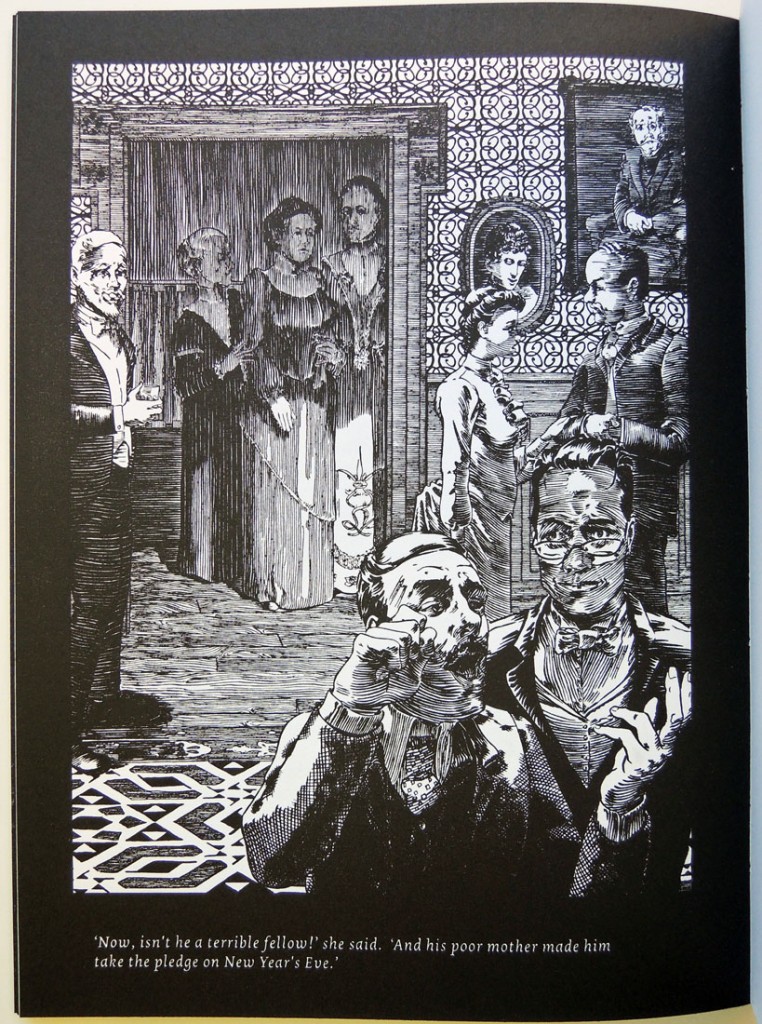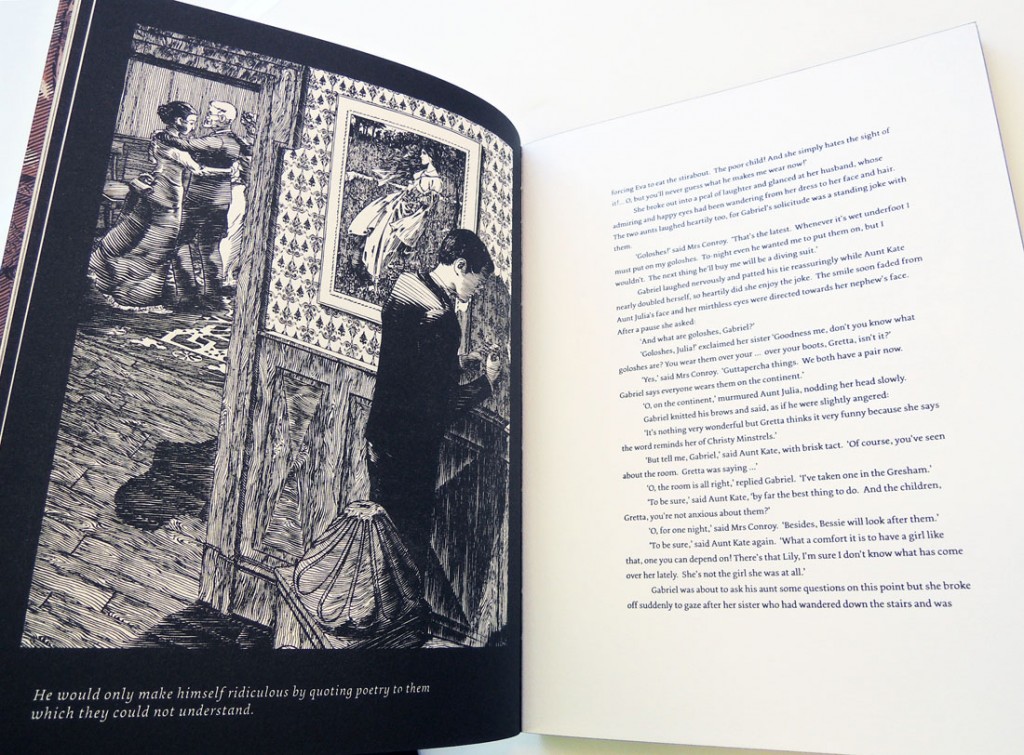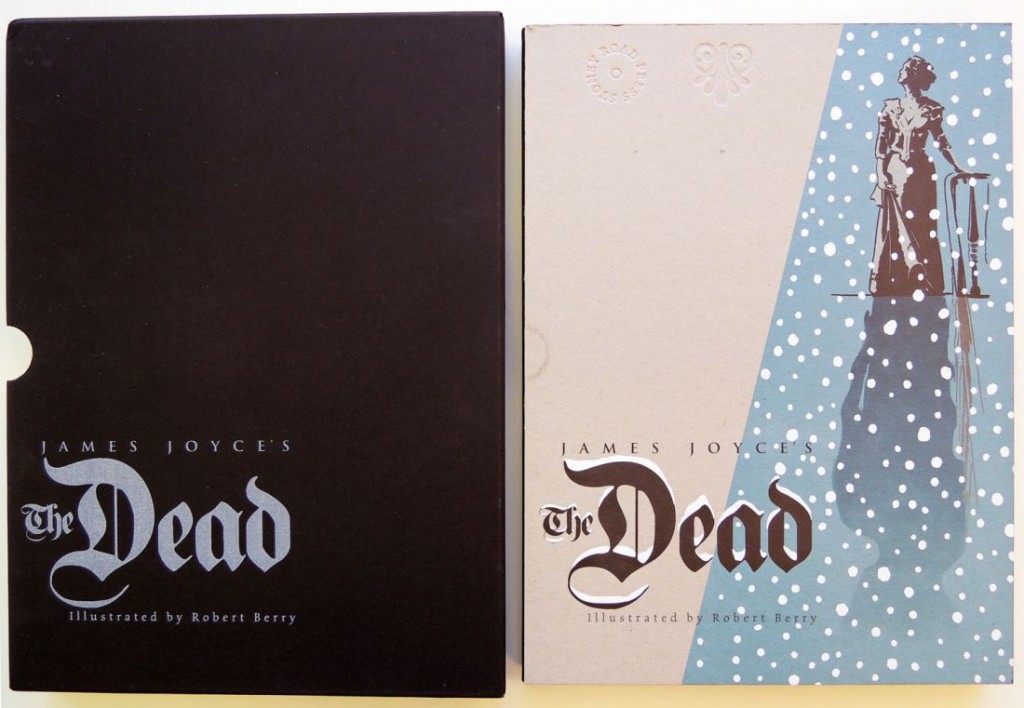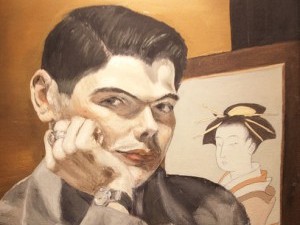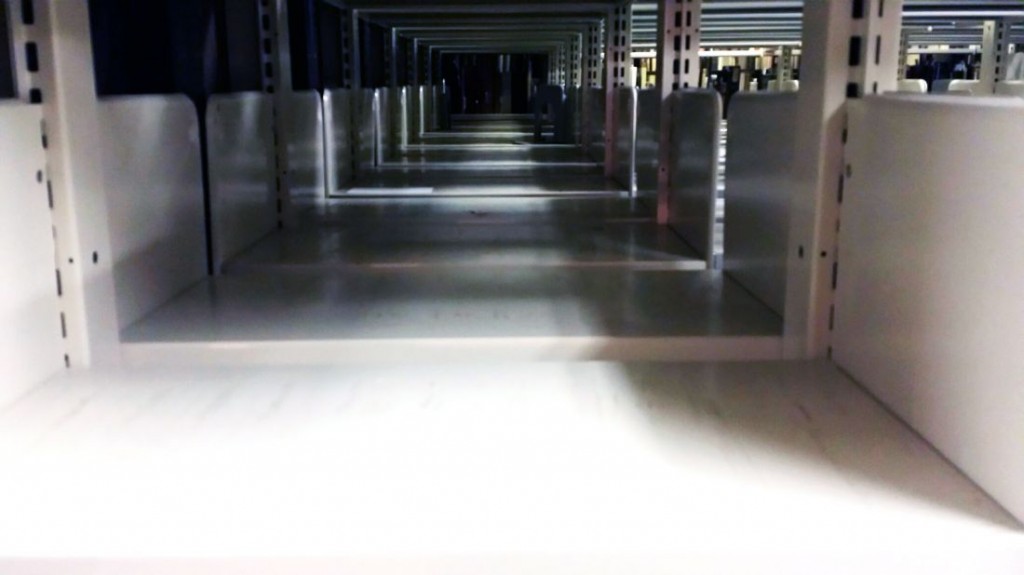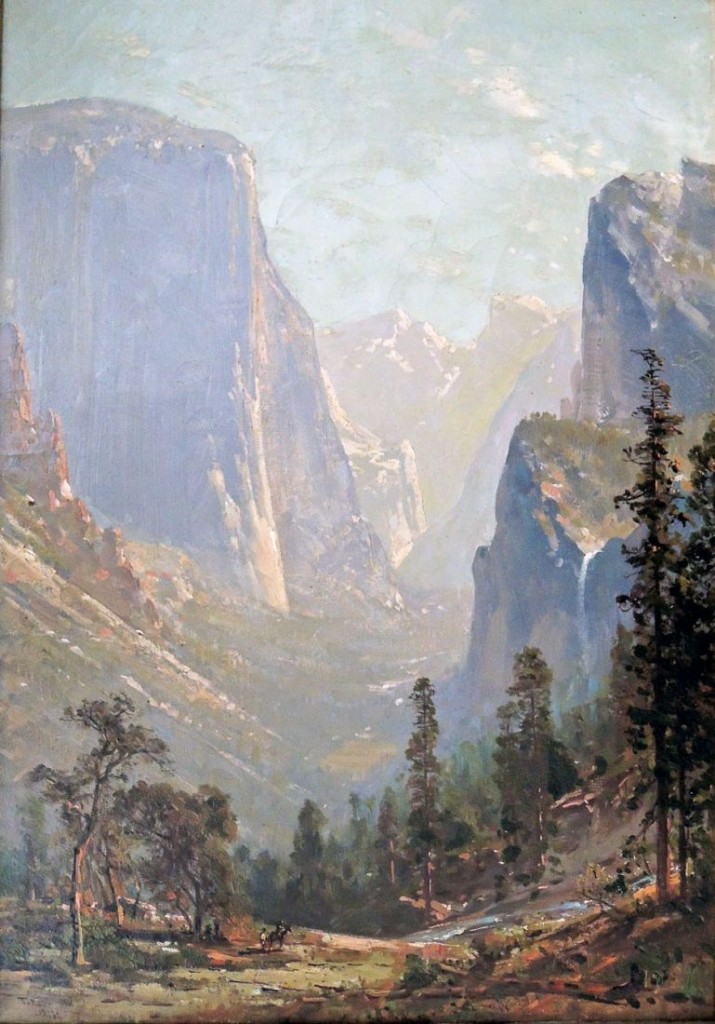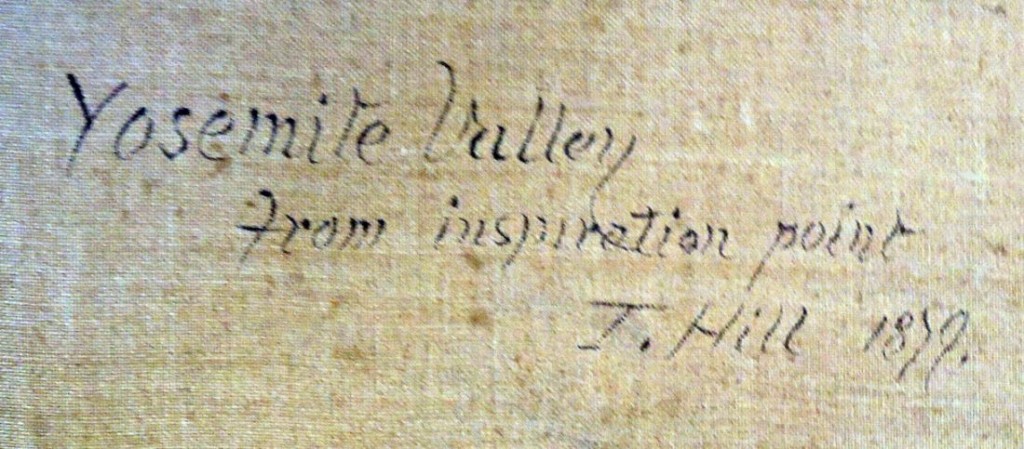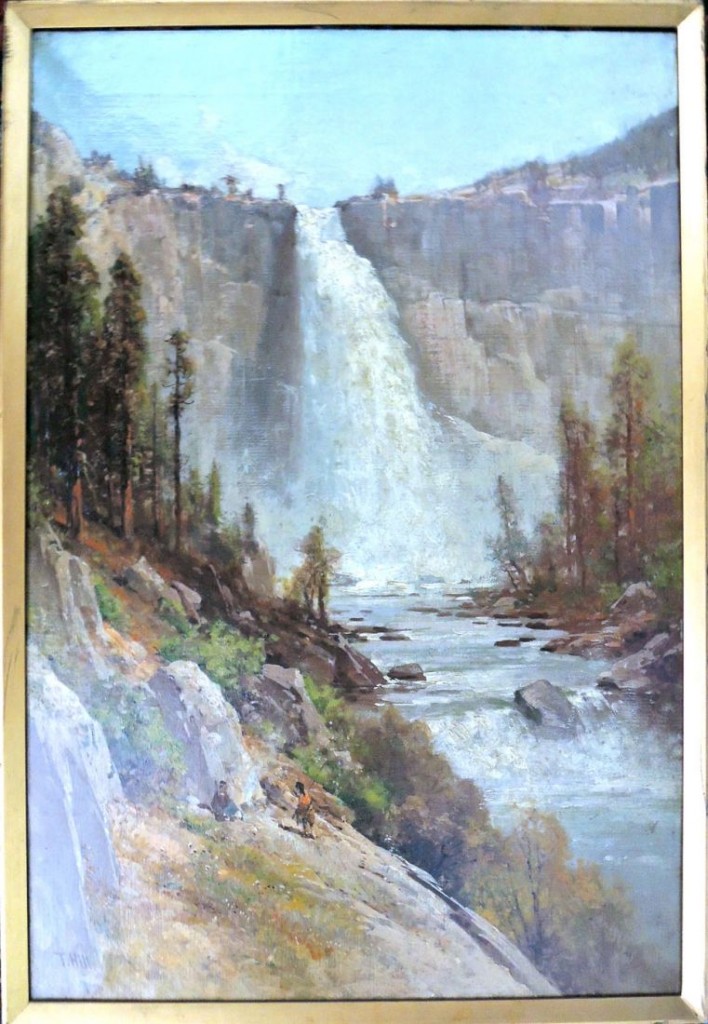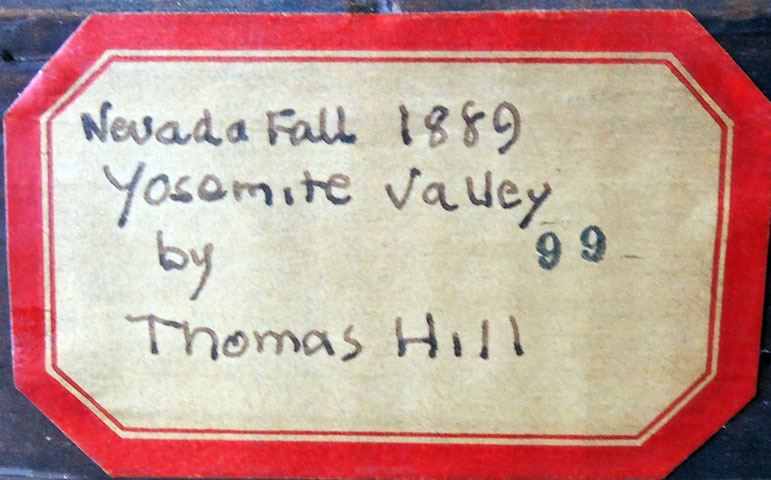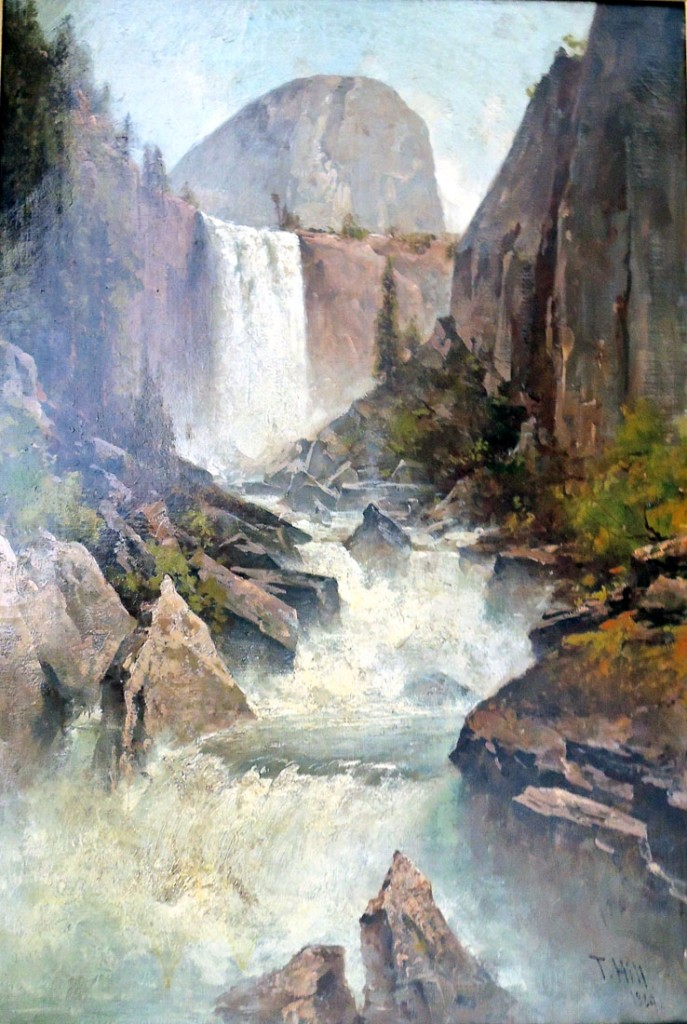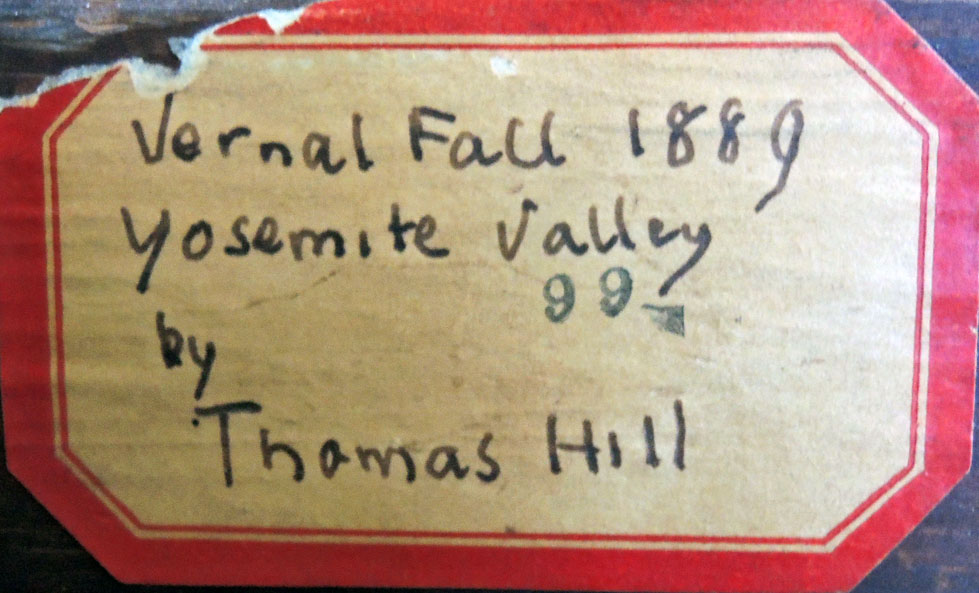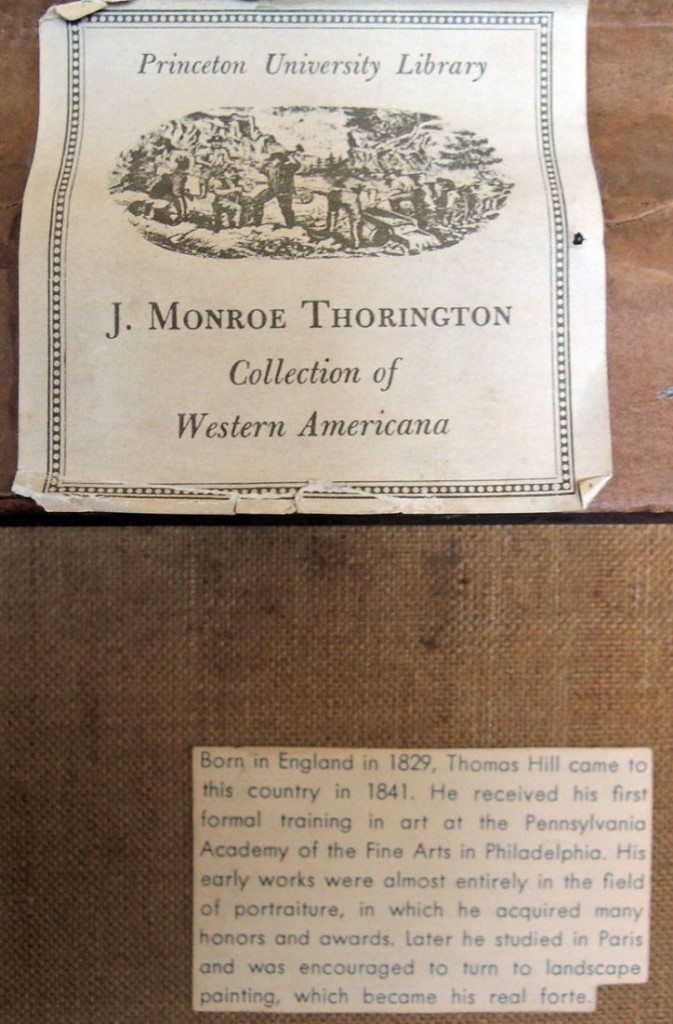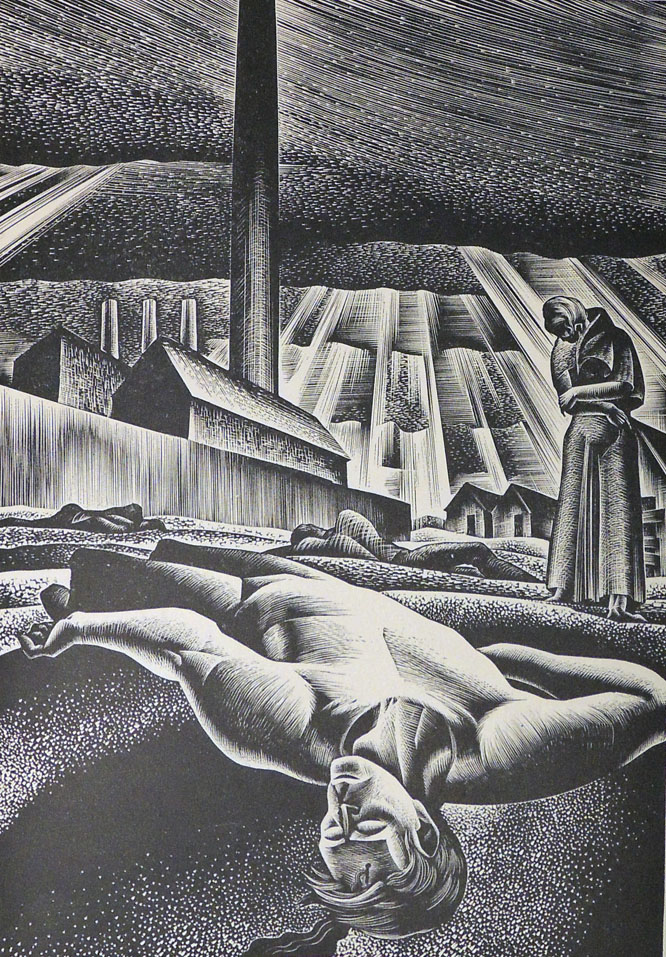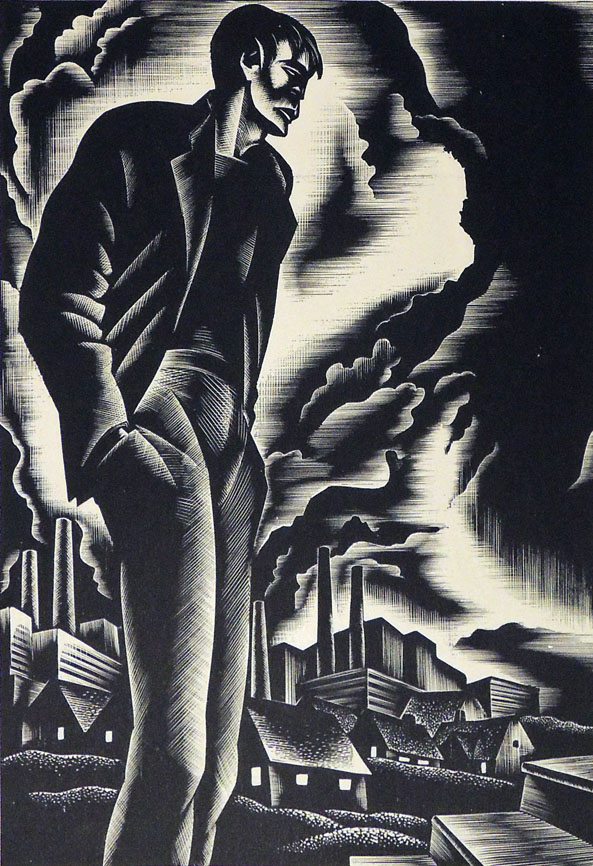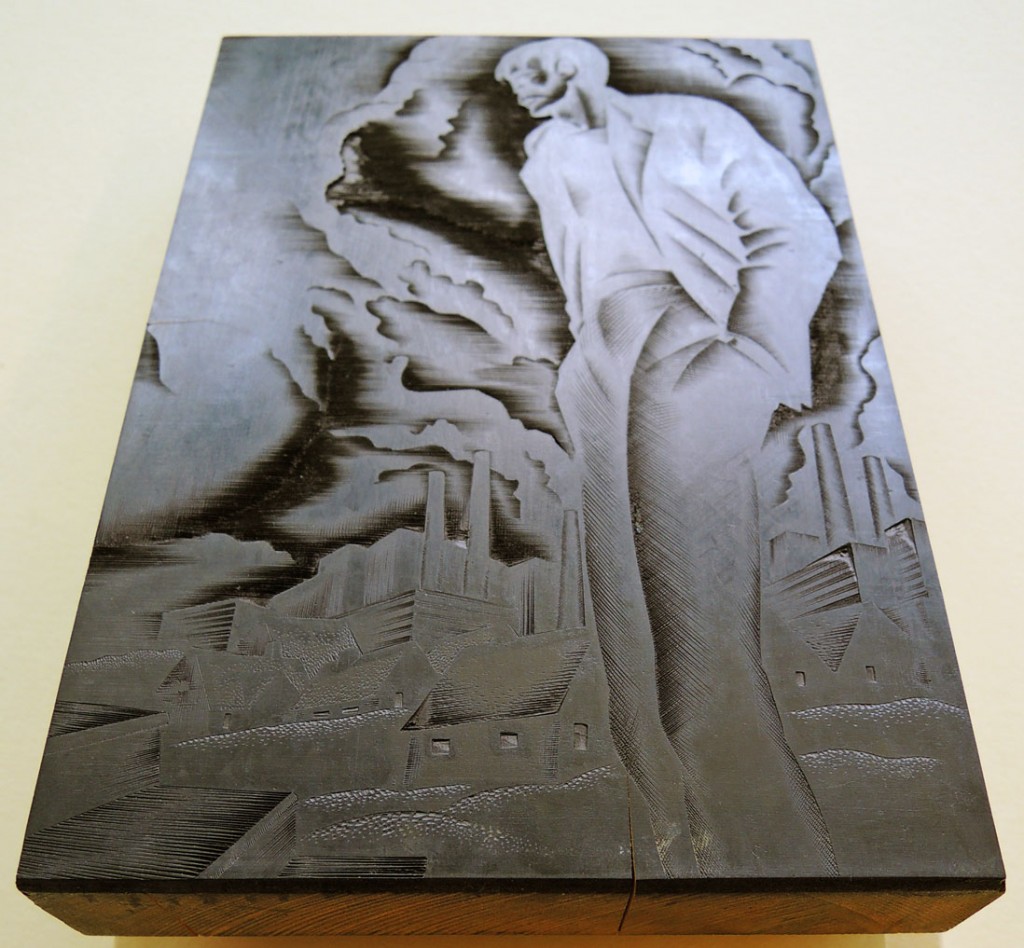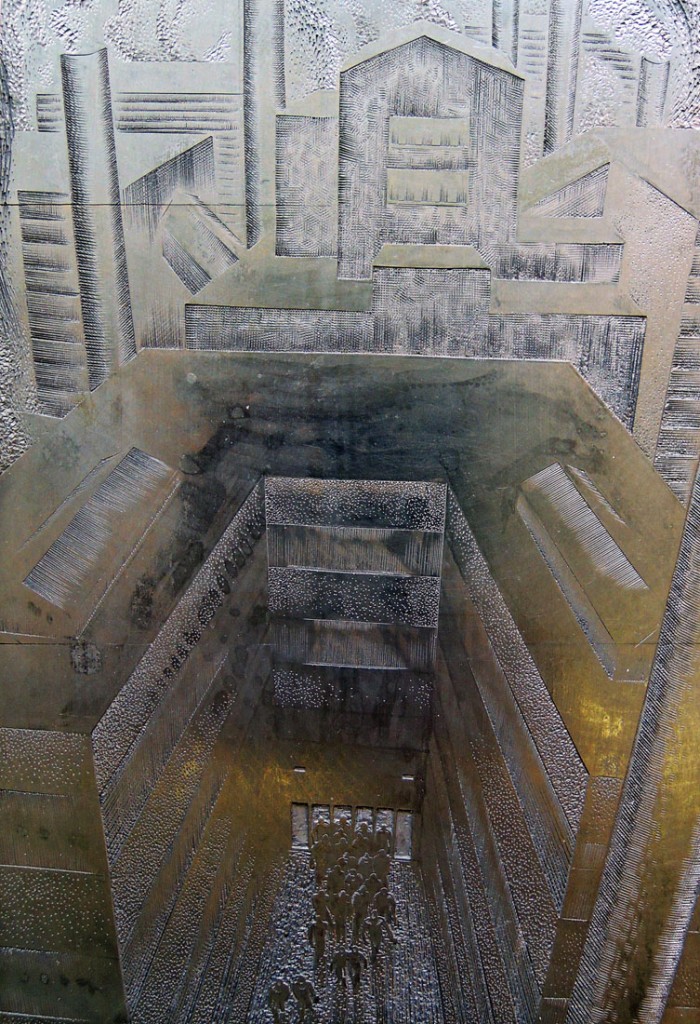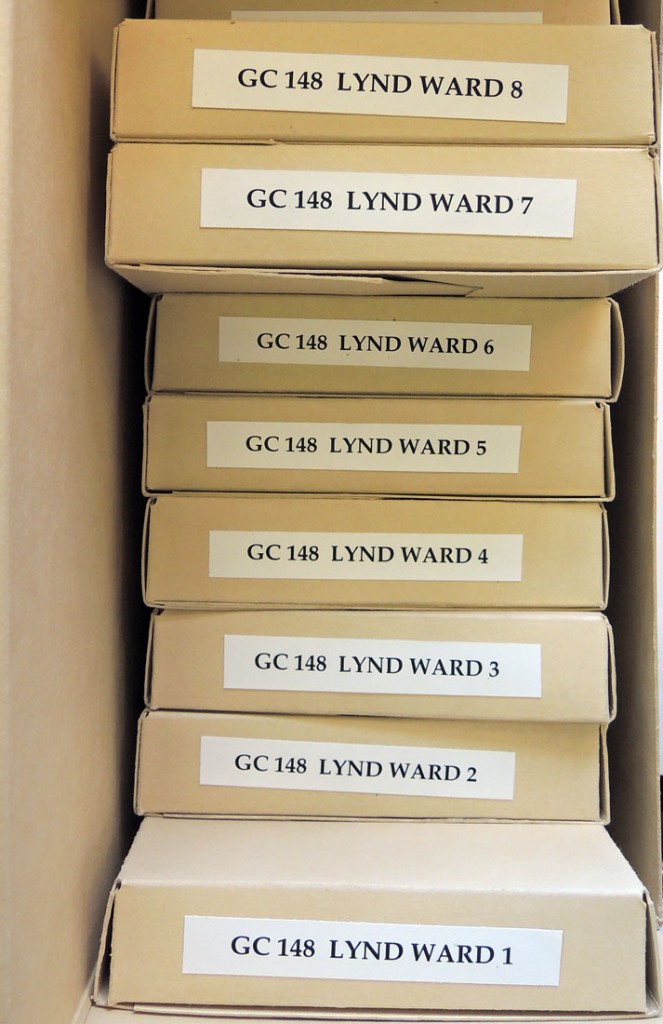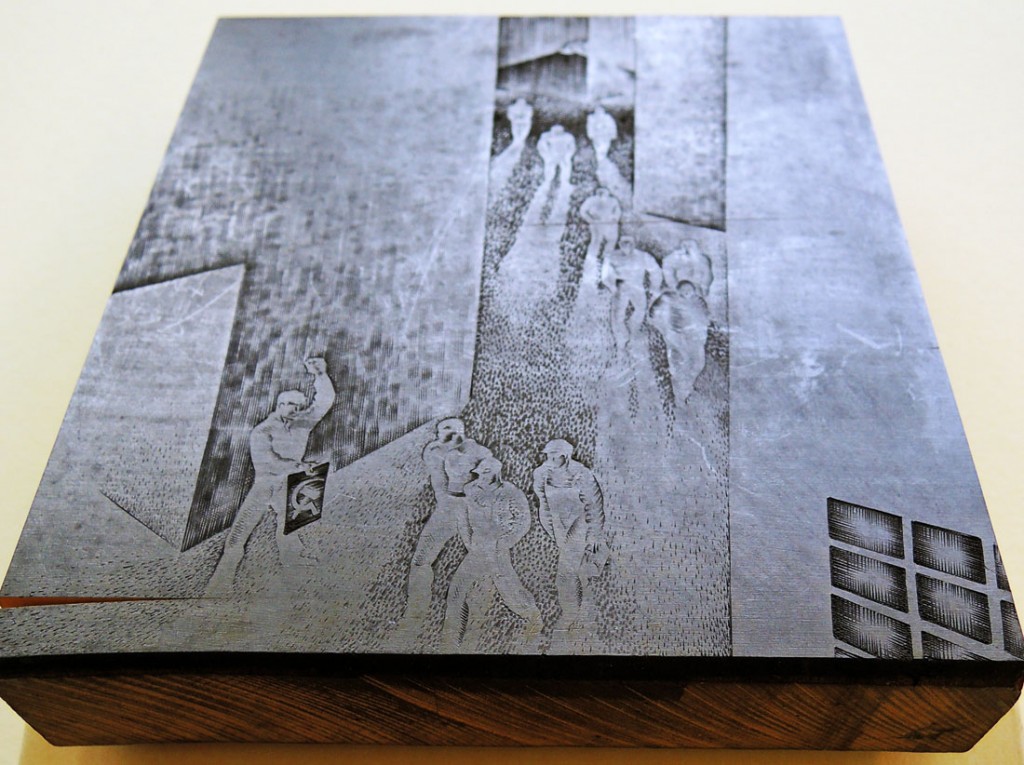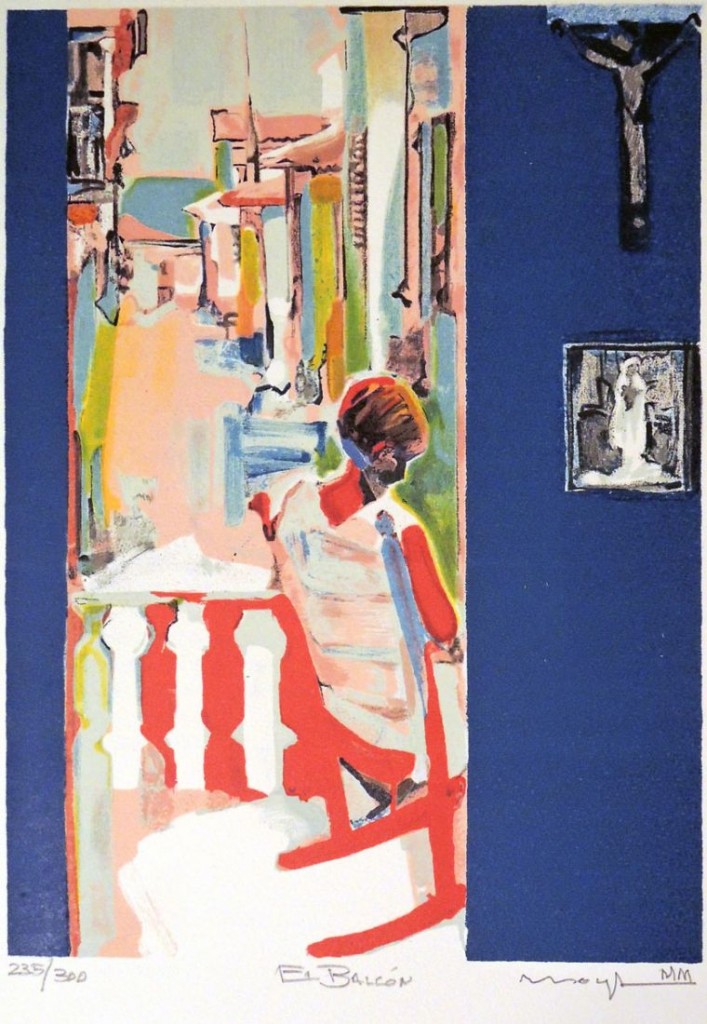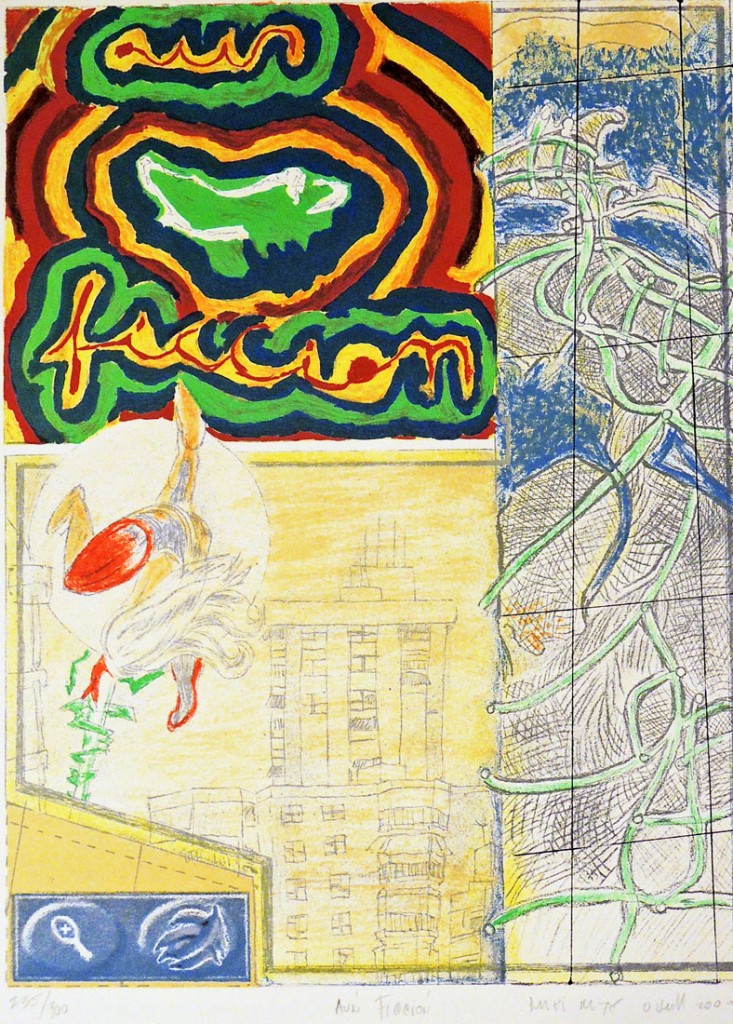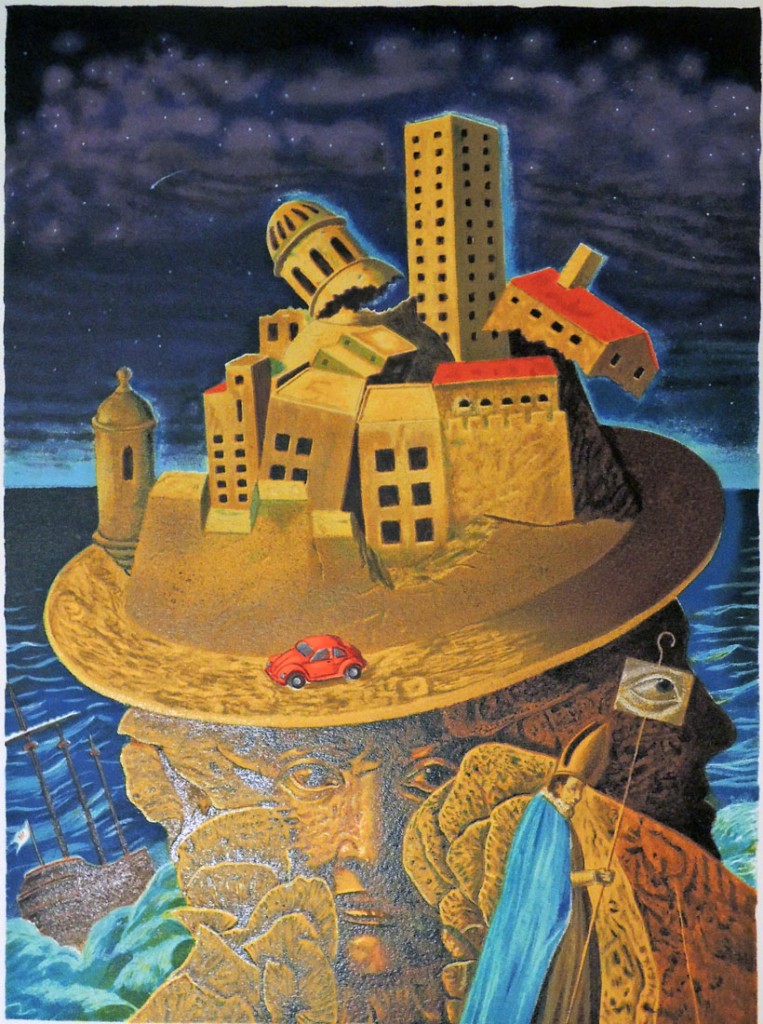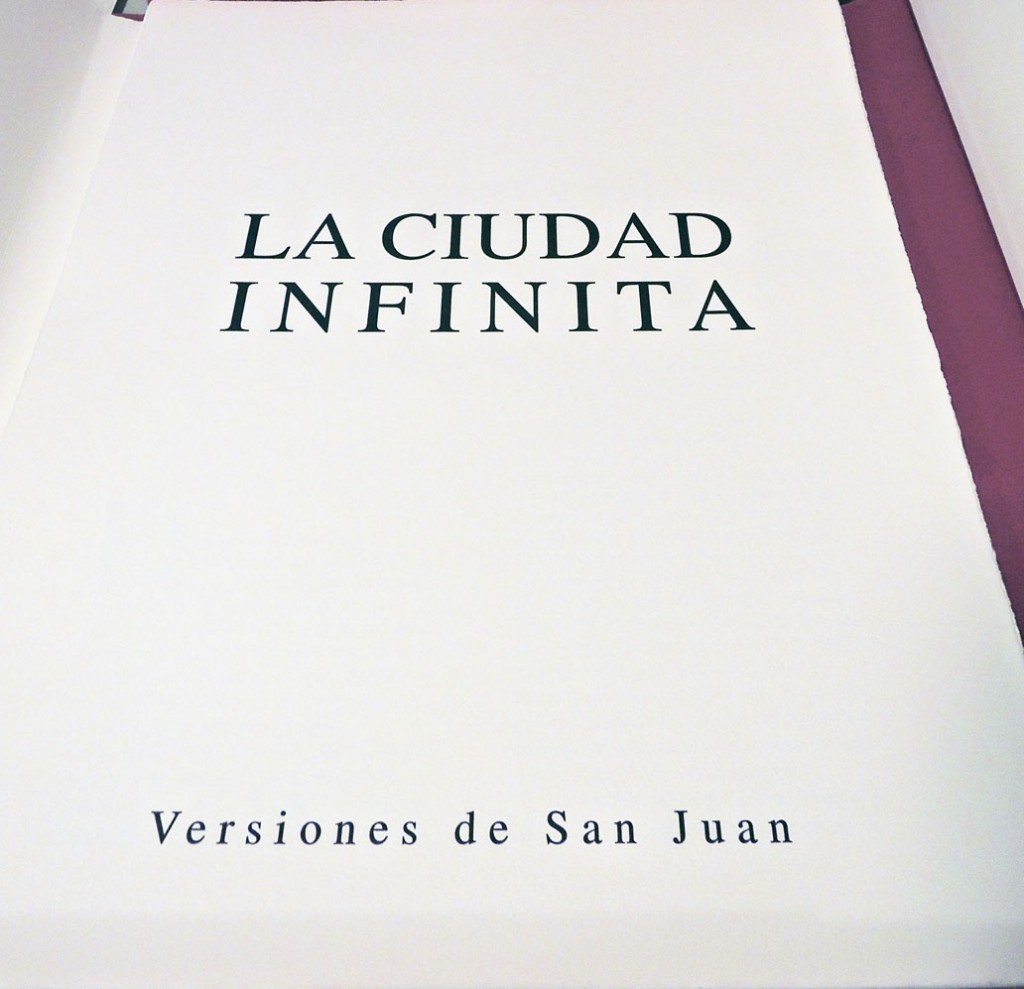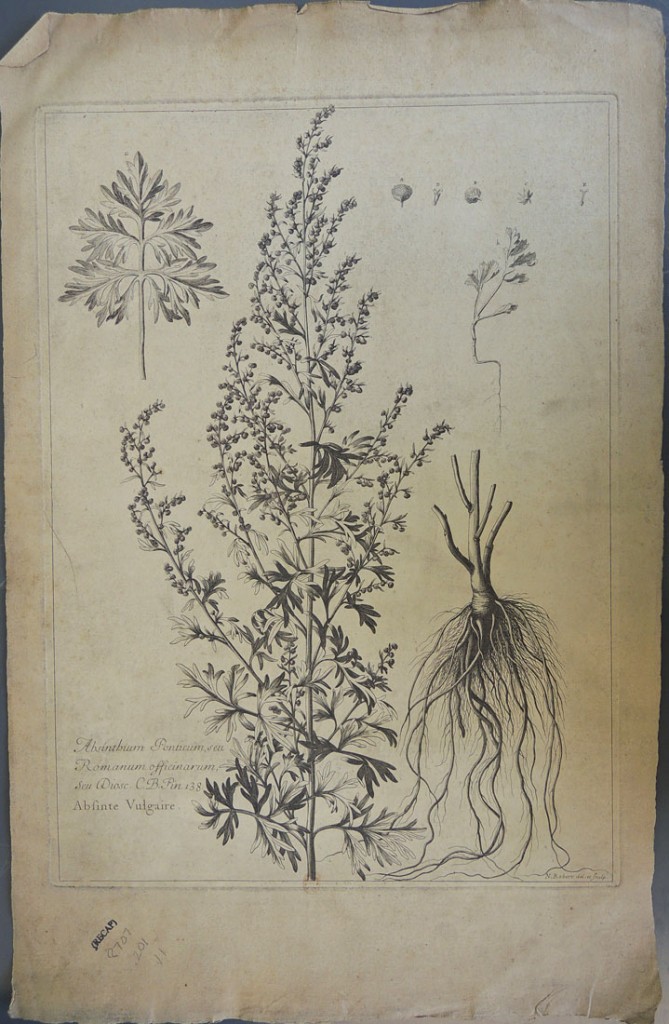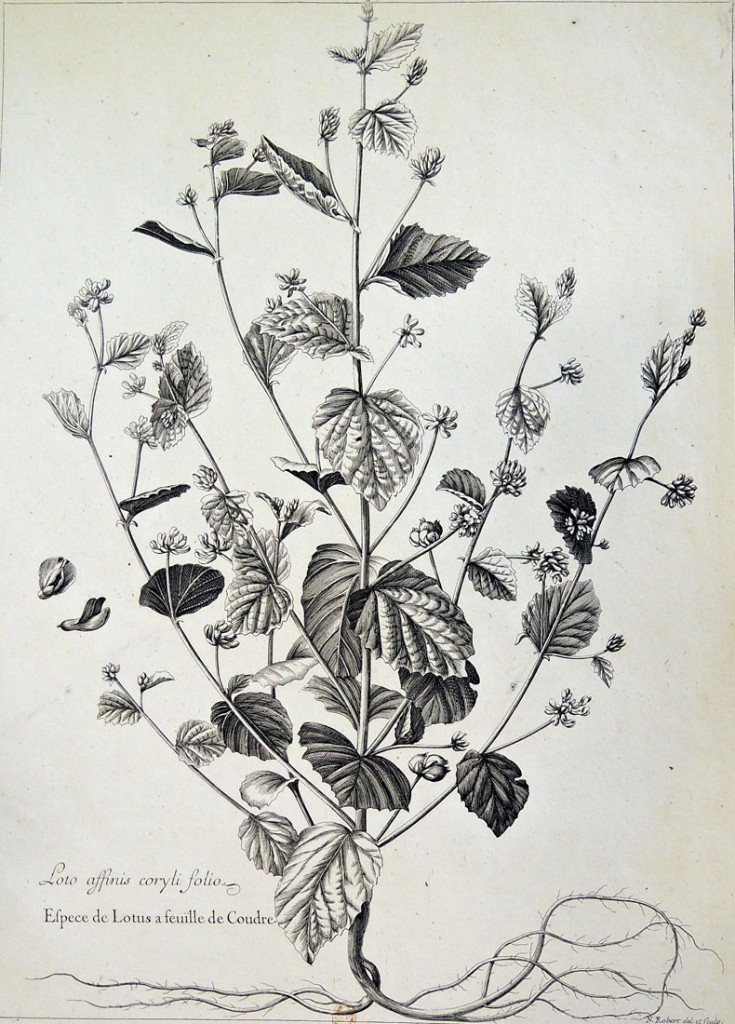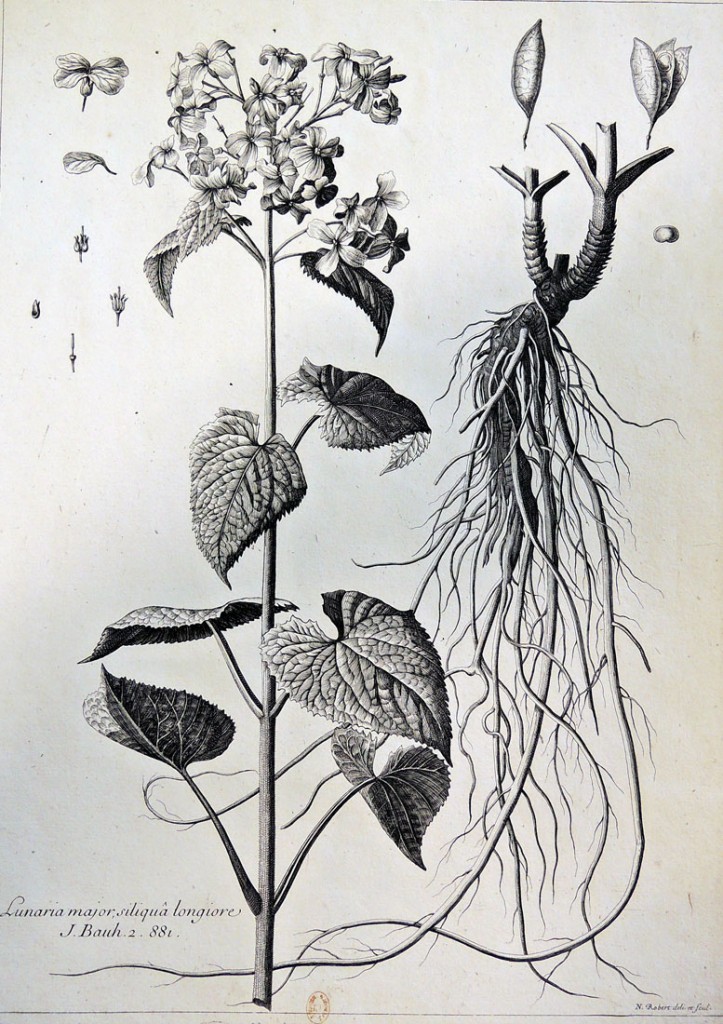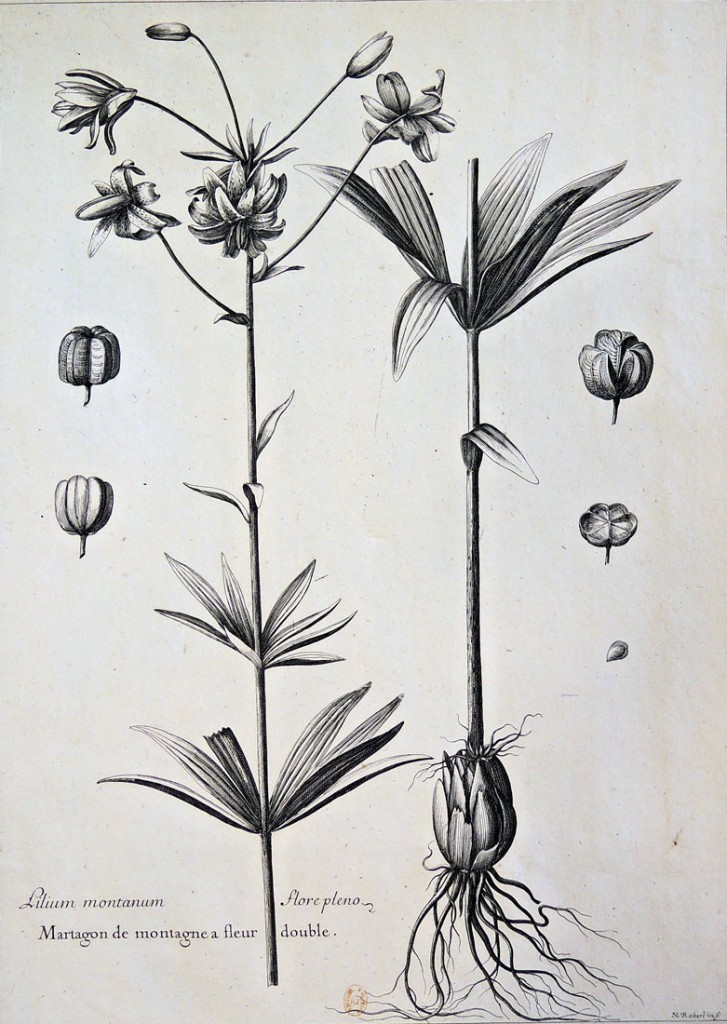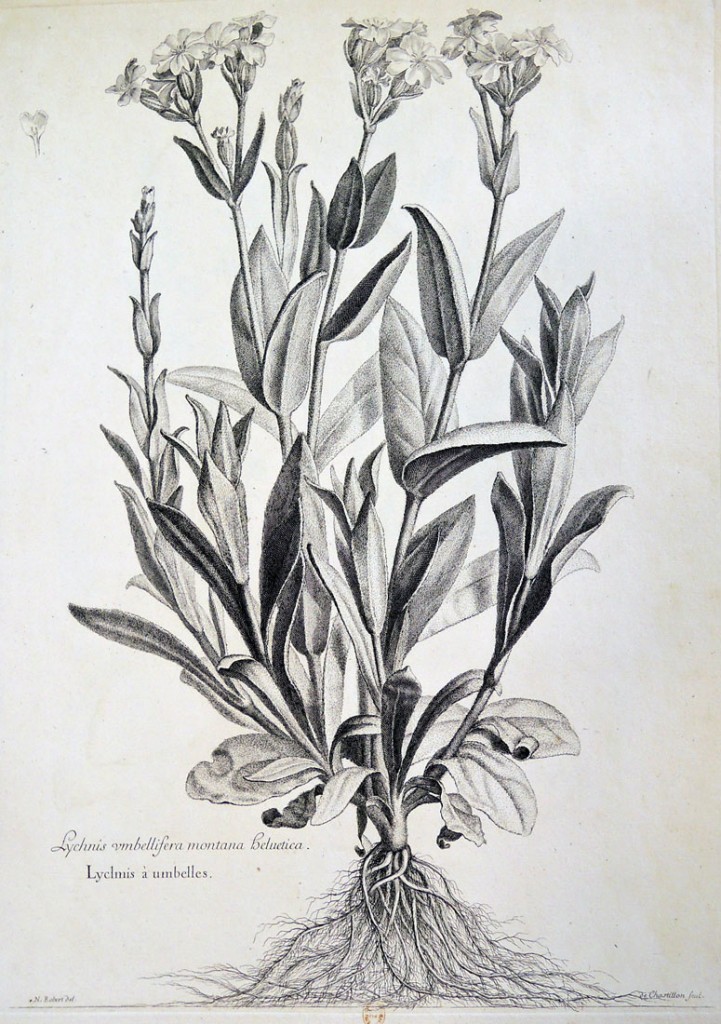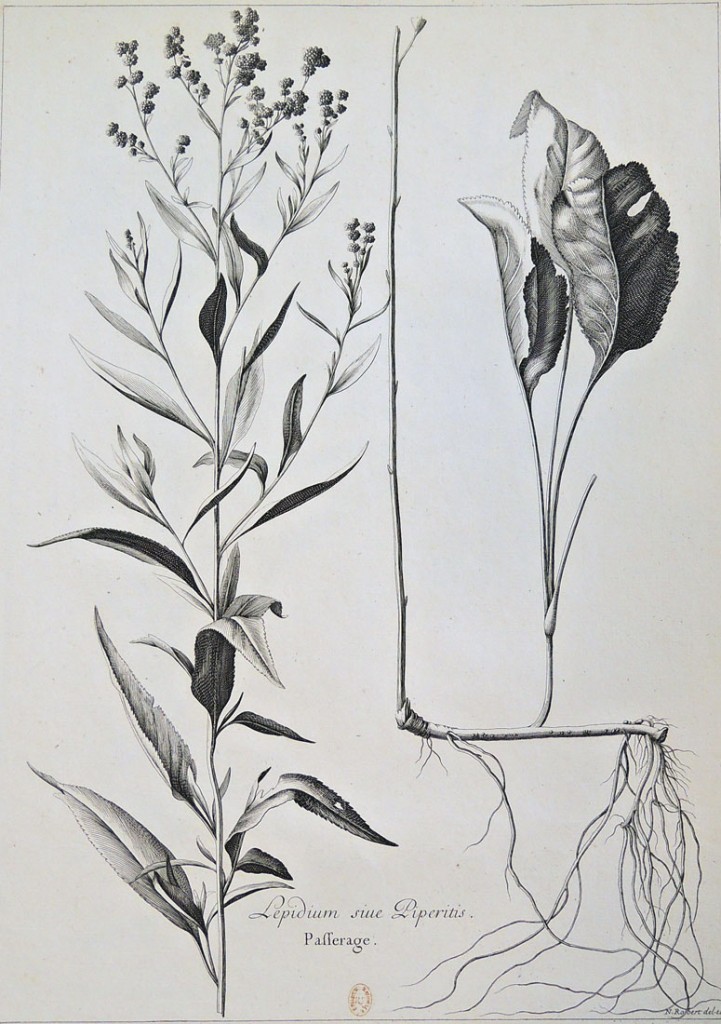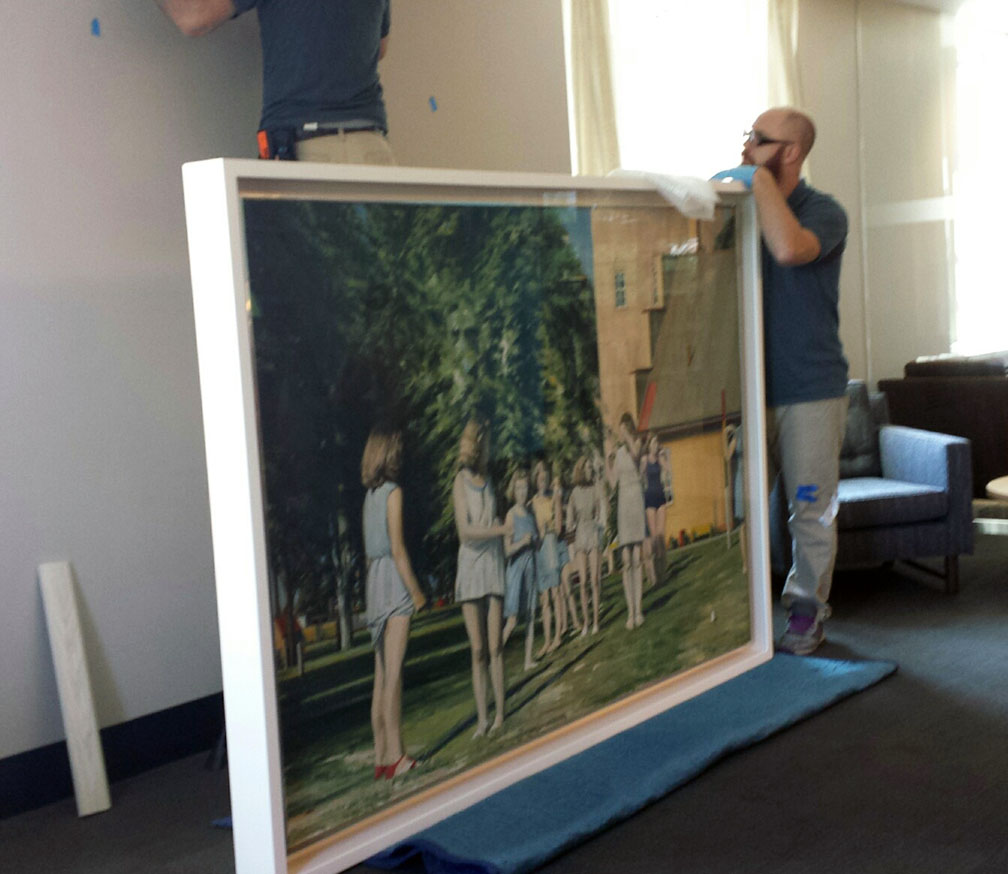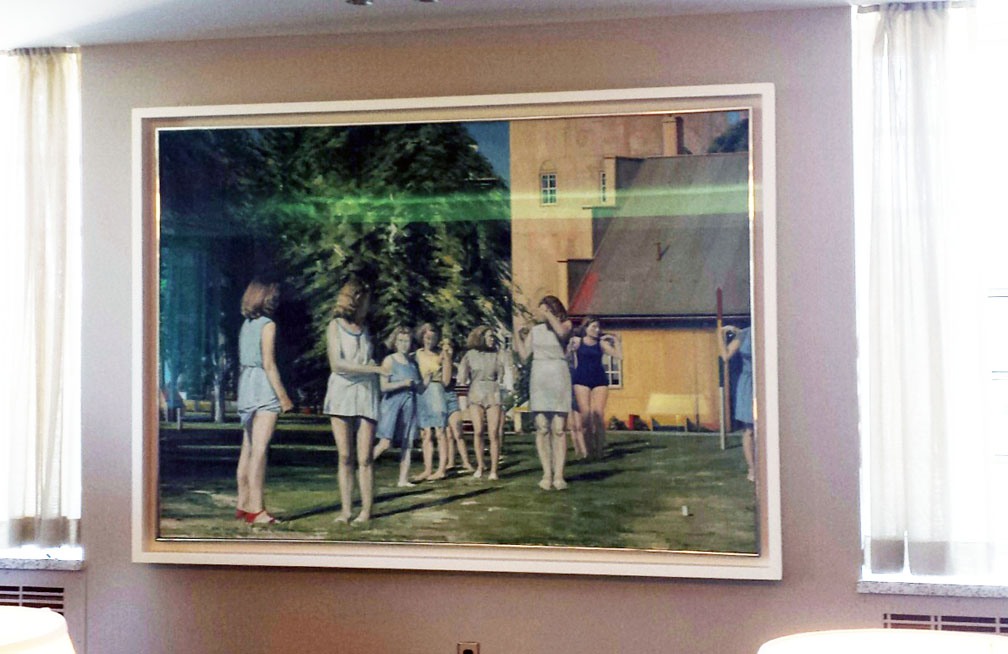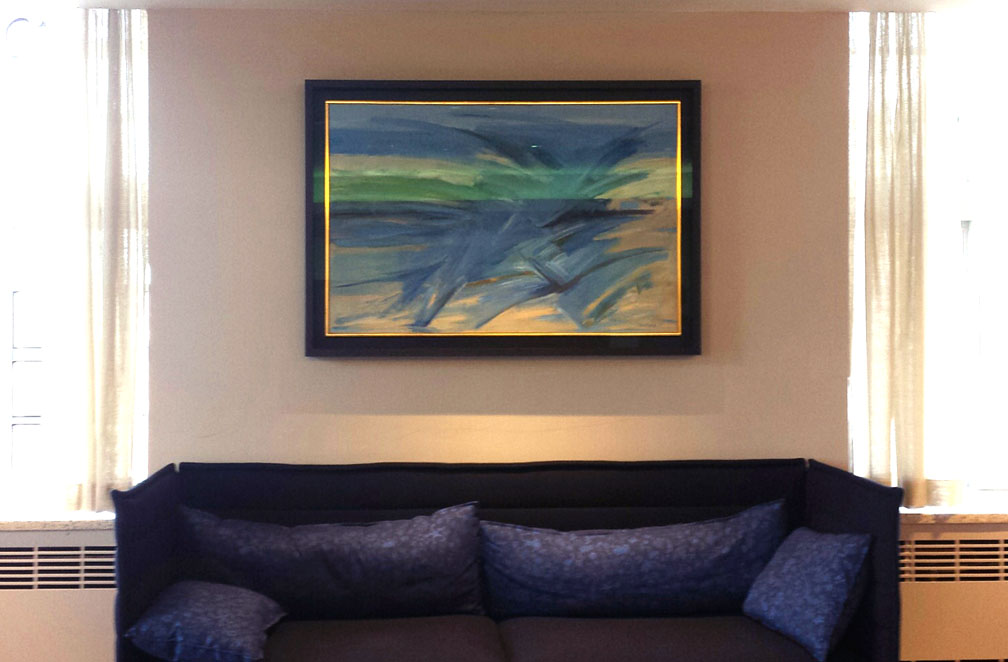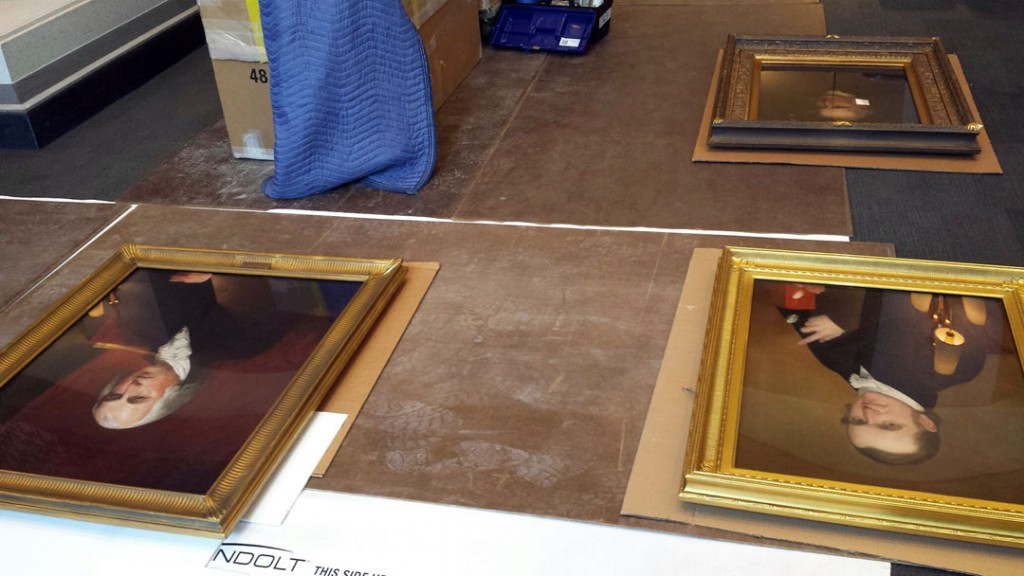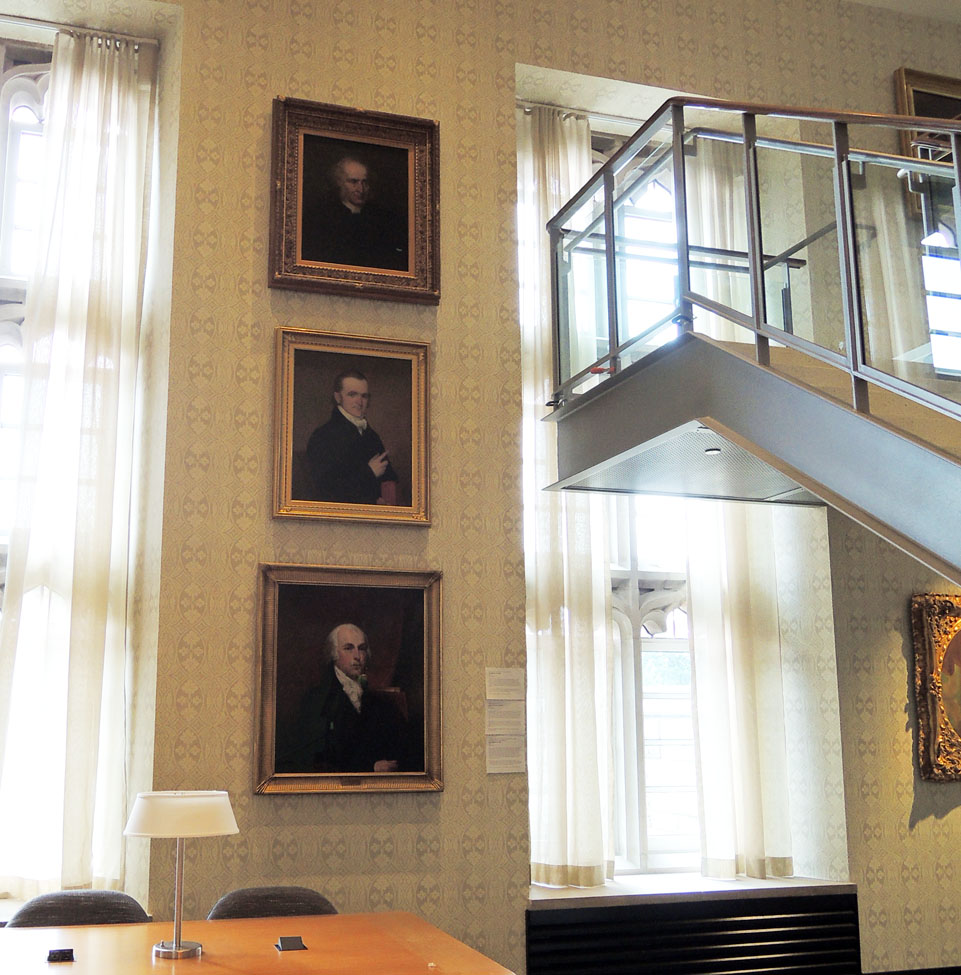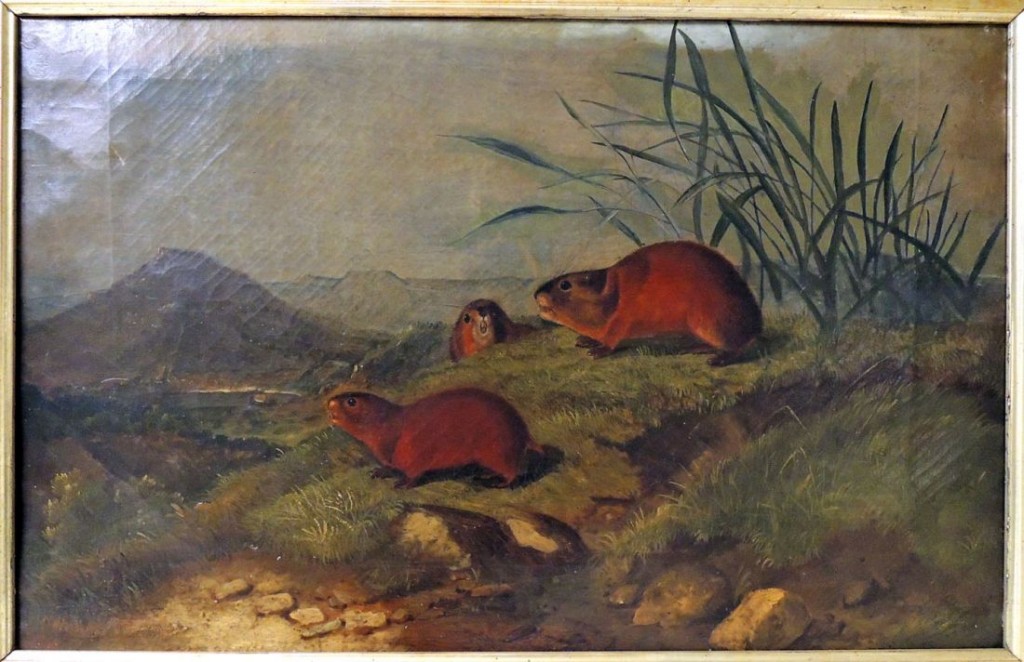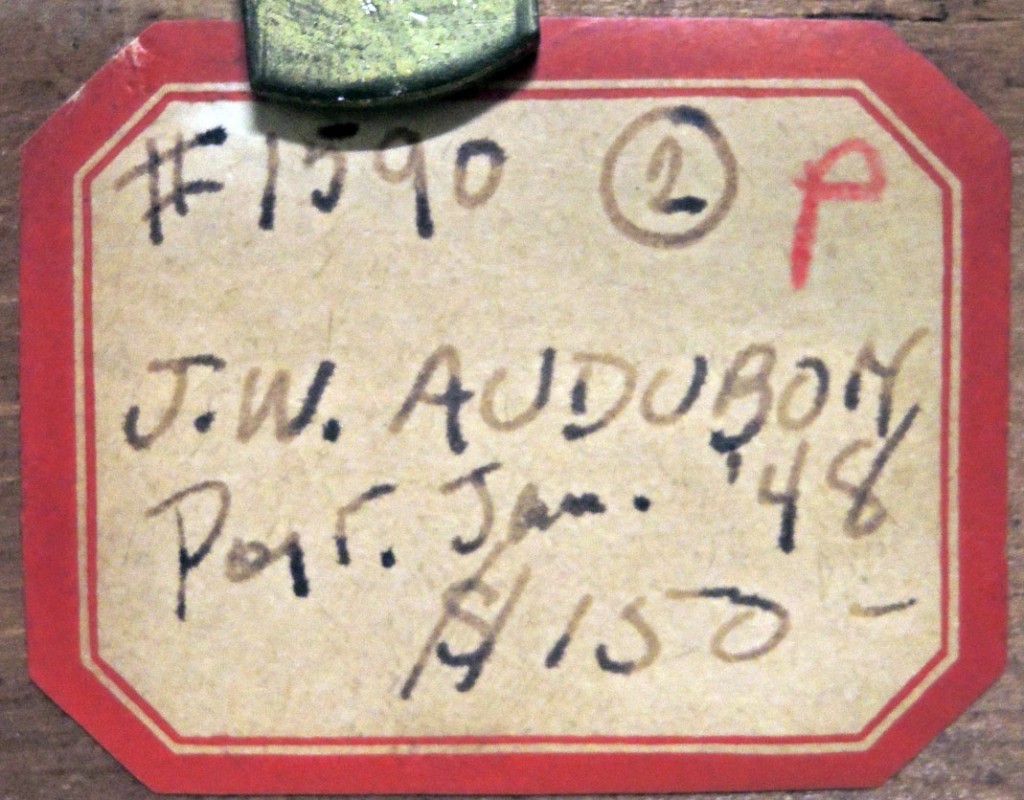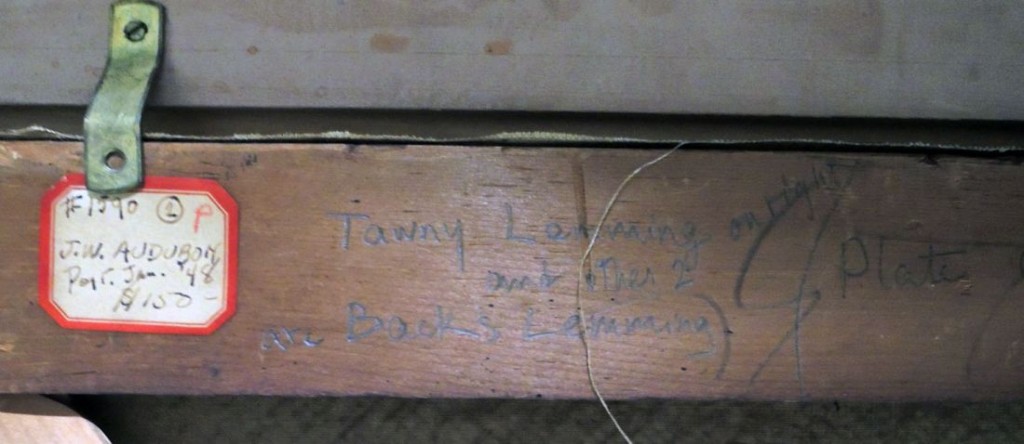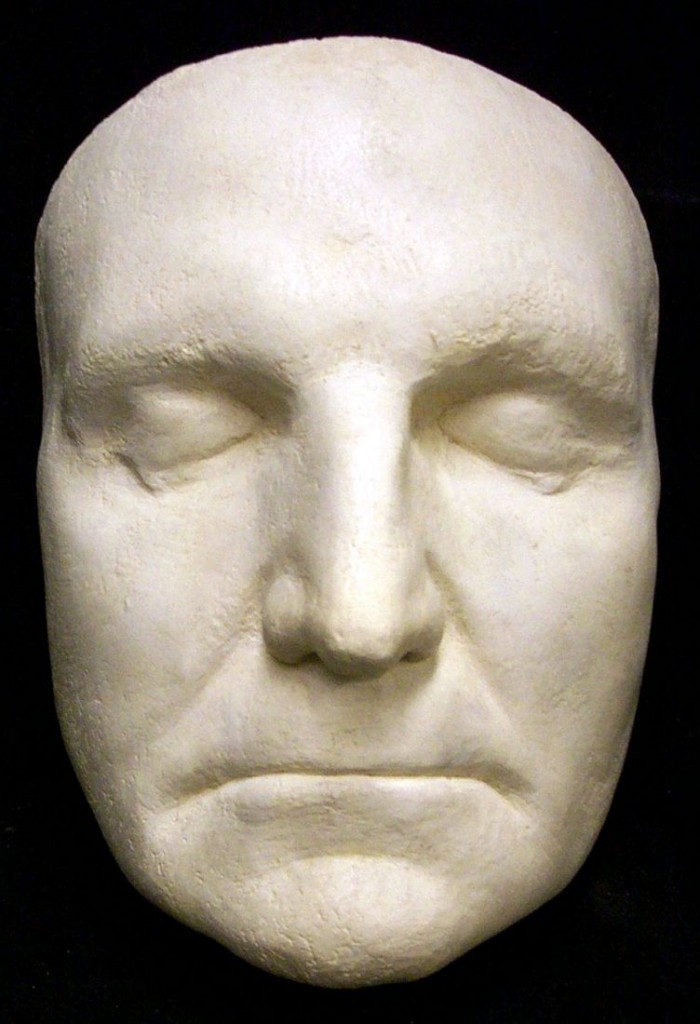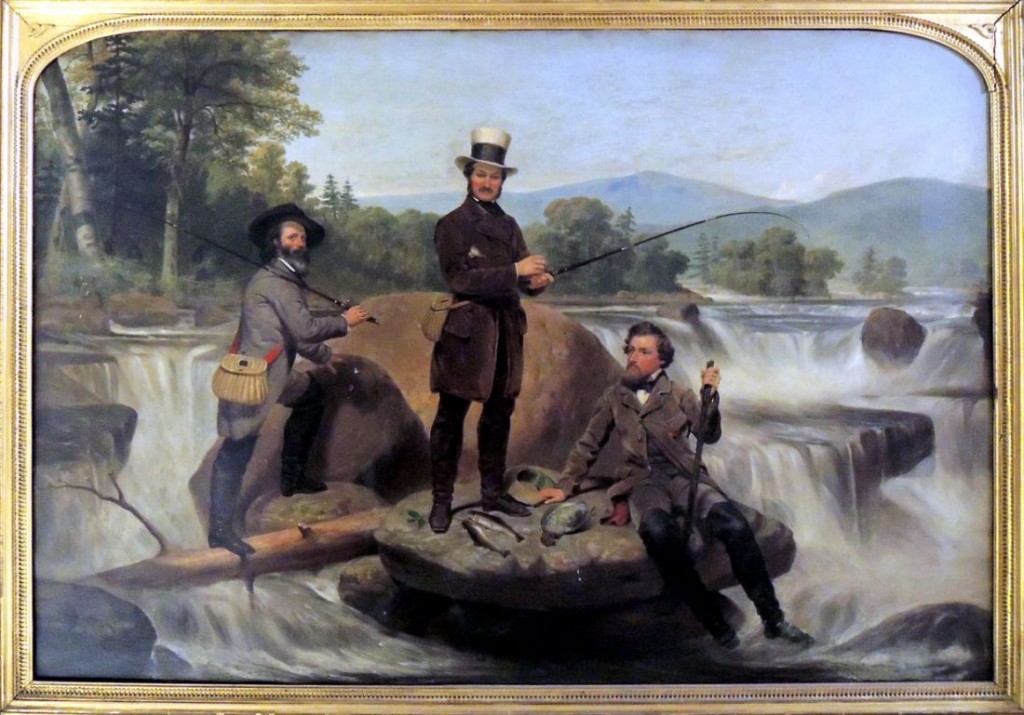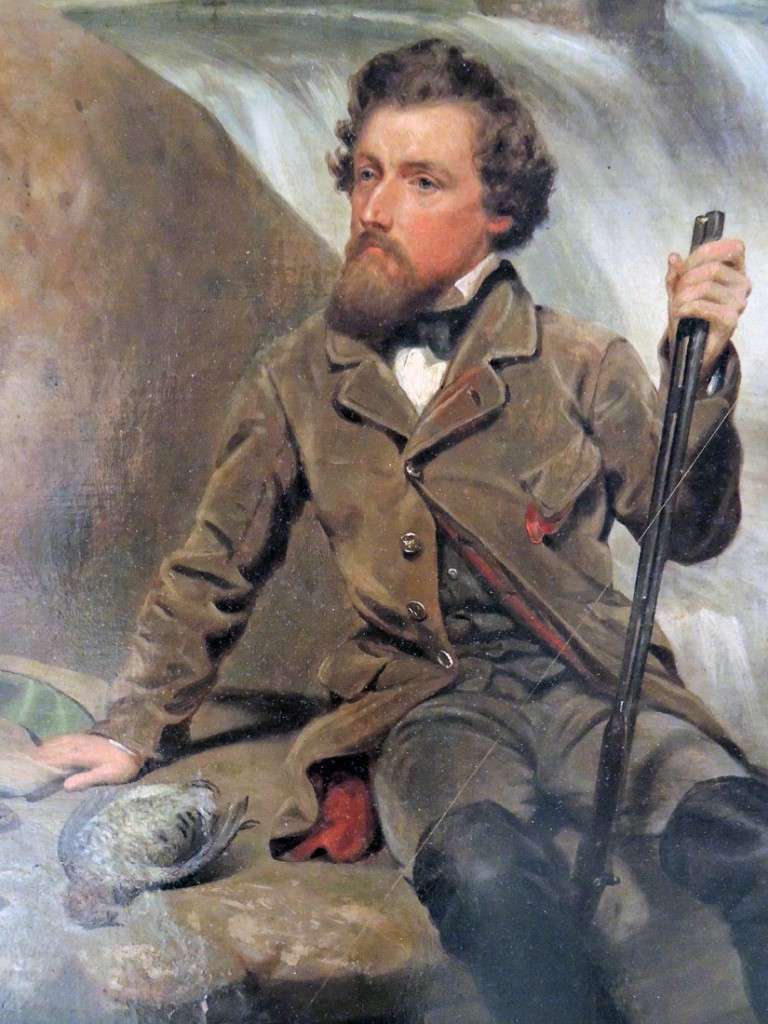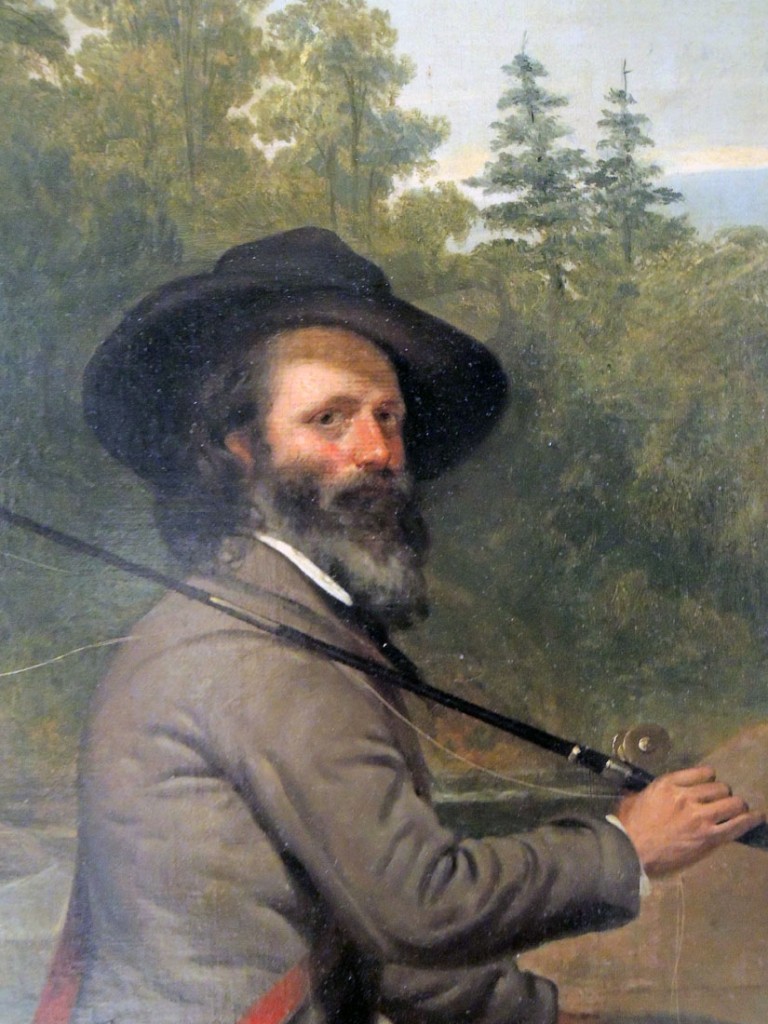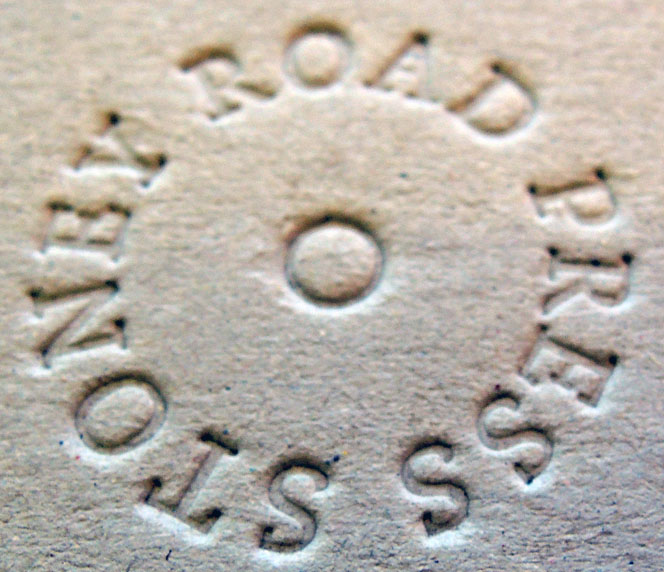
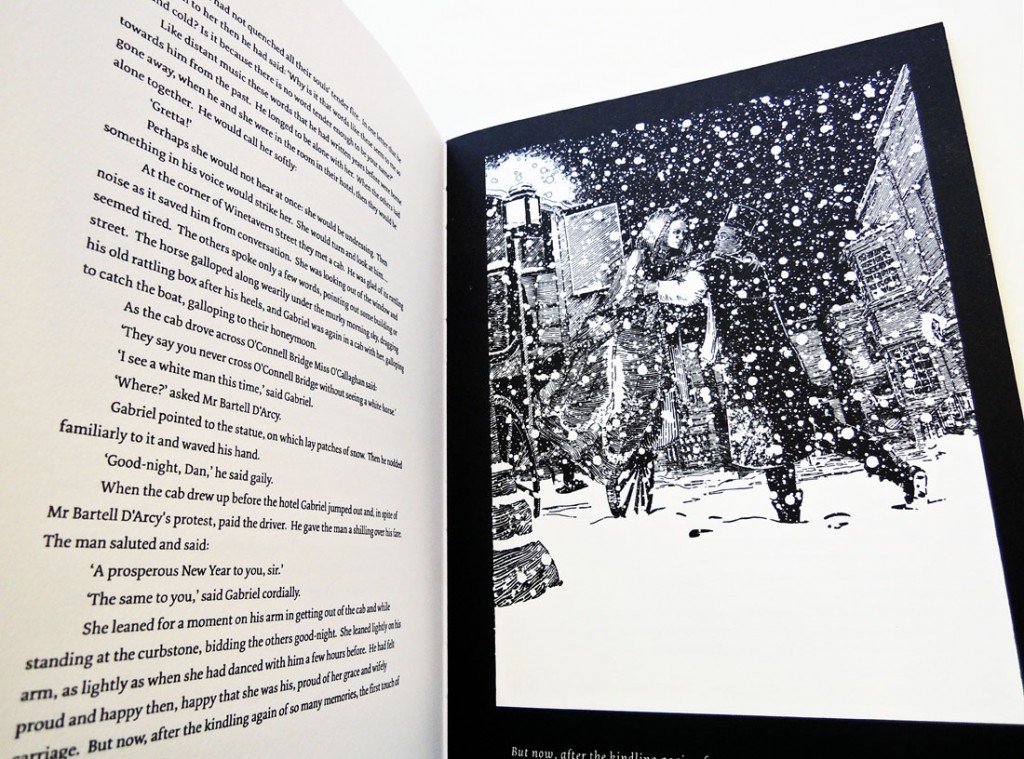
After nine years of rejection, James Joyce’s book of short stories, Dubliners, was finally published by Grant Richards in 1914. To help celebrate the book’s centenary, Stoney Road Press, in collaboration with the James Joyce Centre, has published a fine press edition of its final and longest story, The Dead, illustrated by the American artist Robert Berry.
Based in Dublin, Stoney Road Press is the only independent commercially run fine art print studio in Ireland. Princeton collects all of its limited edition books and we are happy to add The Dead. Although we don’t own a first edition Dubliners, we do have the 1917 copy owned by Sylvia Beach.
The Dead begins:
Lily, the caretaker’s daughter, was literally run off her feet. Hardly had she brought one gentleman into the little pantry behind the office on the ground floor and helped him off with his overcoat than the wheezy hall-door bell clanged again and she had to scamper along the bare hallway to let in another guest. It was well for her she had not to attend to the ladies also. But Miss Kate and Miss Julia had thought of that and had converted the bathroom upstairs into a ladies’ dressing-room. Miss Kate and Miss Julia were there, gossiping and laughing and fussing, walking after each other to the head of the stairs, peering down over the banisters and calling down to Lily to ask her who had come.
James Joyce (1882-1941), Dubliners (London: G. Richards, 1914).
James Joyce (1882-1941), Dubliners (New York: B. W. Huebsch, 1917). “Published, December 1916; second printing, April 1917.” Rare Books: Sylvia Beach Collection (Beach) 3807.38.331.1917
James Joyce (1882-1941), The Dead. Illustrated by Robert Berry (Dublin: Stoney Road Press, 2014). One of 150 copies. Graphic Arts Collection GAX 2014- in process
See also:
Paul Muldoon, At Sixes and Sevens, with etchings by Rita Duffy ([Dublin]: Stoney Road Press, 2013). Rare Books (Ex) 2013-0082Q
Fighting Words, foreword Roddy Doyle ; text Russell Banks … [et al.] ; limited ed. print Sean Scully ([Dublin]: Stoney Road Press, 2012). Rare Books (Ex) 2014-0002Q
John Montague, Many Mansions (Dublin: Ireland Chair of Poetry Trust ; Stoney Road Press, 2009). Rare Books (Ex) 2010-0201Q

